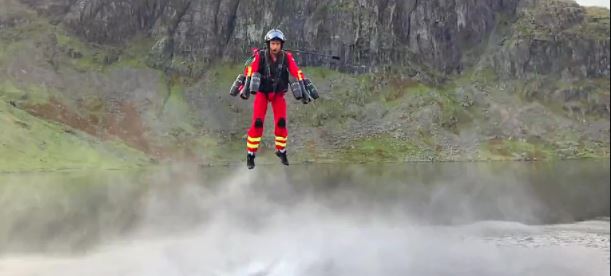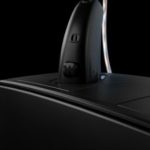Inventor Richard Browning and his company Gravity Industries have shown that it may be a viable option to quickly get medical help to victims in remote areas. Working together with the UK’s Great North Air Ambulance Service (GNAAS), Browning flew to a simulated casualty on a remote mountainous site in just 1 min 30 seconds, a fraction of the time to get there on the foot.
The faster a paramedic can get to a victim, the faster they can administer treatment and call for a helicopter or other support. “We think this technology could enable our team to reach some patients much quicker than ever before,” said GNAAS director of operations Any Mawson. “In many cases, this would ease the patient’s suffering. In some cases, it would save their lives.”

The jet uses microjets powered by jet fuel or diesel that are mounted on the pilot’s arm and back, with a warning display that displays key data like thrust and fuel left. Browning has said that the risk of fire is little because the fuel isn’t particularly explosive or flammable and he stays very close to the ground in case of mechanical failure.
The test was a huge success and liked really cool too, it may take some time before we see jet pack paramedics. Gravity’s model has a flight time of just 5-10 minutes, requires highly specialized training, and requires enough fitness to support your own weight with your arms. The suits aren’t cheap either, as Browning sold one recently for £340,000 ($438,000).
Yet, that’s a fraction the price of a helicopter, including pilots, fuel, and maintenance, and Gravity is working to make the suits less expensive and easier to use. “We could see the need. What we didn’t know for sure is how this would work in practice,” said Mawson. “Well, we’ve seen it now and it is, quite honestly, awesome.”
TECH NEWS>>>>High-tech Hearing Aids Is Available For Gadget Lovers




